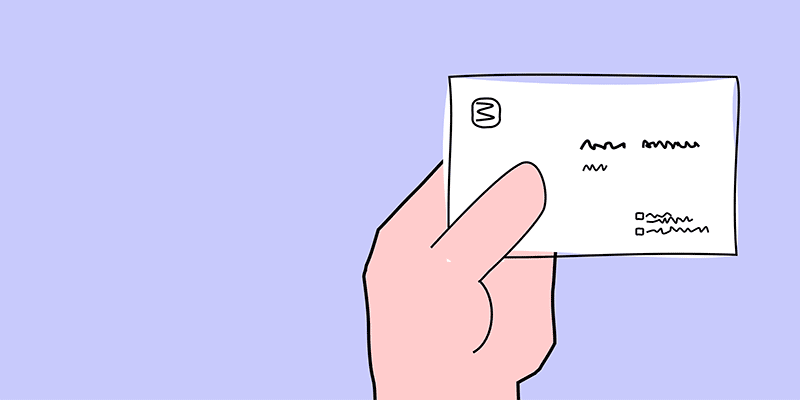Anyone who may potentially become a customer in the future can be a lead. Someone who visits your booth at a trade show, or fills out an information form on your website can easily be a lead.
Why Leads Are Important
Sure, selling to existing customers is valuable: You can save on customer acquisition costs, and build on your relationship to quickly close the sale.
But relying solely on existing customers can also be risky. Some may need long intervals between purchases due to the nature of their business. Others may go out of business, or start working with your competitors.
For healthy sales growth, you will always need new customers, in addition to existing ones. That requires identifying potential buyers (leads) and working through them to find real opportunities.
Finding New Leads
At this point, it should be obvious that being able to generate a large number of high-quality leads is essential for stable sales growth. There are many different ways to do that, but they all fall into one of two methods:
- Inbound lead generation
- Outbound lead generation
Marketing activities such as trade shows, advertising, social media campaigns make you visible to potential buyers. They discover and contact you without you reaching out to them first. These are inbound lead generation methods. They are useful when addressing large audiences or when it isn’t straightforward for you to identify potential buyers.
However, in some other cases, it may be more efficient to identify and reach out to the leads before they contact you. Let’s say you are selling ATM hardware. The potential buyers for ATMs in your territory are probably just a handful of banks. Instead of spending your budget on outbound channels, you can do some quick research to identify the people in each bank who would make ATM purchase decisions and reach out to them directly. This type of lead generation where you target and contact potential buyers before they contact you is called outbound lead generation.
It’s Not a Funnel. It’s a Filter.
You know how sales professionals describe their process as a funnel, because they start with a large number of potential customers, but gradually lose them in the sales process and eventually close with just a few of them.
That analogy doesn’t quite describe what happens with the lead qualification process, which looks more like a filter: The goal is to start with a large number of leads, but quickly identify the ones most likely to purchase in one quick step.
With the high-quality leads identified, the sales team can then start working on the actual sales effort. Having only to work with qualified leads helps the salespeople use their time more efficiently and close more opportunities.
Note that you need to qualify both inbound and outbound leads. Once they are qualified, it doesn’t really matter how they were sourced.
But how can you know which leads are qualified?
It’s easier than most people think: First, you must set your criteria for qualified leads. What are the attributes you would like to see in a person to make your time worthwhile? After that, it’s just a matter of asking the right questions to see if they have those attributes.
BANT is a widely used method to qualify sales leads. For more information about BANT, read this article.
CRM and Lead Qualification
Advanced CRM systems such as TeamGram have a separate section for lead qualification. Feeding leads into it, and making qualification checks before creating opportunities or contacts helps keep your CRM data clean.
Once a lead is qualified, you can convert it into contact and opportunity records to start the sales process.
